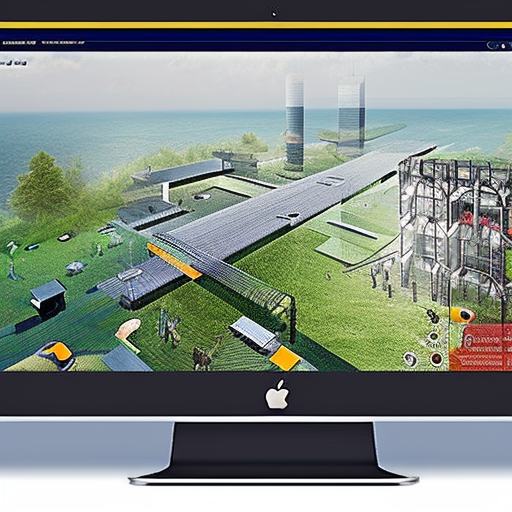User Experience Design:
User Experience Design (UXD) is the process of enhancing user satisfaction by improving the usability, accessibility, and pleasure provided in the interaction between a user and a product. It encompasses various aspects, including visual design, information architecture, interaction design, and usability testing. The goal of UXD is to create products that are intuitive, efficient, and enjoyable to use.
Key Principles of User Experience Design:
- User-Centered Design: UXD puts the needs and preferences of the users at the forefront. Design decisions are based on user research and understanding their goals, behaviors, and motivations.
- Consistency: Consistency in design elements, such as layout, color scheme, and typography, helps users navigate and interact with a product more easily. It creates a sense of familiarity and reduces cognitive load.
- Simplicity: Keeping designs simple and straightforward helps users understand and use a product without confusion or frustration. Clutter-free interfaces and clear instructions contribute to a positive user experience.
- Accessibility: Designing for accessibility ensures that people with disabilities can use a product effectively. This includes considerations for visual impairments, hearing impairments, motor disabilities, and cognitive impairments.
- Feedback and Response: Providing feedback to users about their actions and the system’s response helps them understand the outcome of their interactions. Real-time feedback, such as visual cues or sound effects, enhances the user experience.
- Efficiency: Designing for efficiency means minimizing the time and effort required for users to accomplish their tasks. This can be achieved through streamlined workflows, shortcuts, and automation.
- Emotional Design: Considering the emotional impact of a product’s design can create a more engaging and memorable user experience. Elements such as color, imagery, and tone of voice can evoke specific emotions and influence user perception.
The UX Design Process:
The UX design process typically involves the following stages:
1. User Research: This stage involves gathering information about the target users, their needs, and their pain points. Techniques such as interviews, surveys, and user testing are used to gain insights.
2. Information Architecture: Information architecture focuses on organizing and structuring the content and functionality of a product. This includes creating user flows, sitemaps, and wireframes to define the overall structure.
3. Interaction Design: Interaction design defines how users interact with a product. It involves creating prototypes and designing the user interface, including buttons, menus, and other interactive elements.
4. Visual Design: Visual design focuses on the aesthetics of a product. It includes selecting colors, typography, and imagery that align with the brand and create a visually appealing experience.
5. Usability Testing: Usability testing involves observing users as they interact with a product to identify any usability issues. Feedback from testing sessions is used to refine and improve the design.
The Role of UX Designers:
UX designers are responsible for creating user-centered designs that meet the needs of both the users and the business. They collaborate with stakeholders, conduct user research, create prototypes, and iterate on designs based on user feedback. UX designers also work closely with developers and other team members to ensure the successful implementation of the design.
In conclusion, user experience design plays a crucial role in creating products that are user-friendly, efficient, and enjoyable to use. By following key principles and employing a structured design process, UX designers can create meaningful and impactful experiences for users.












